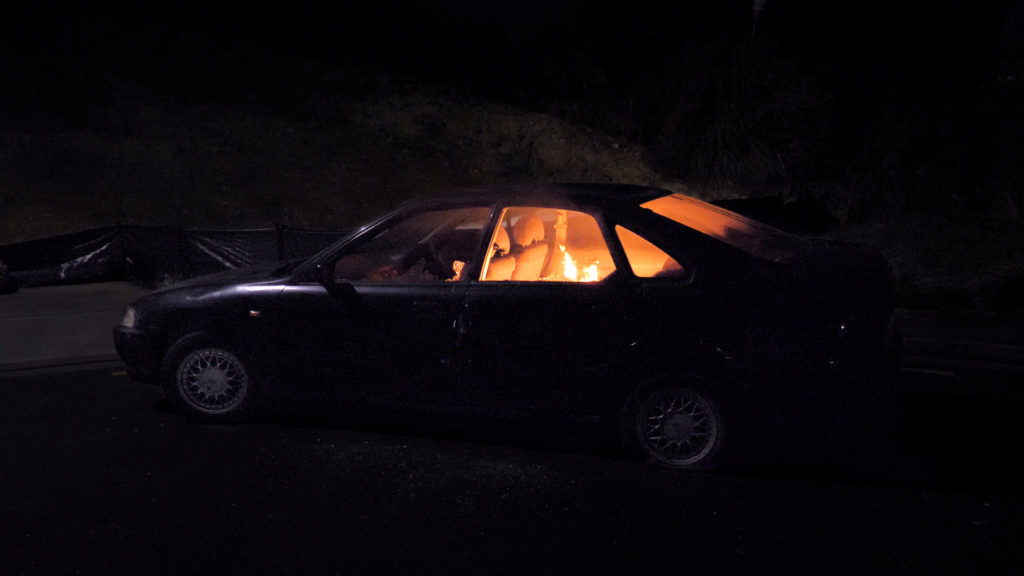
The Inner Lives of Islands | Te Tuhi
The Inner Lives of Islands explores storytelling instincts from artists from across the Asia-Pacific and how these might reflect ideas of nationhood and diasporic identities from this region. In the same way we may perceive dreams to subconsciously resolve issues from our waking lives, the narratives here impose structure and sense-making onto the improbable realities faced by Pacific and Asian peoples. This kind of confabulation, or filling in of the blanks, creates at the same time new possibilities for seeing and being in the world. The Inner Lives of Islands combines these narratives beyond mere assemblage, creating stories with agency and intentionality.
Artists:
Christopher Ulutupu (Aotearoa NZ)
Emerita Baik (Aotearoa NZ)
Shireen Seno (Philippines)
Sione Tuívailala Monū (Australia/Aotearoa NZ)
Yuki Iiyama (Japan)
Curated by Robbie Handcock
